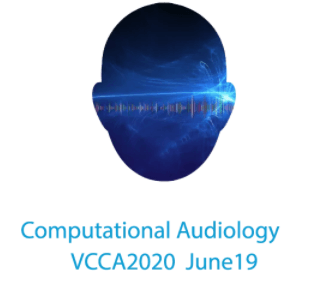Our self-testing app can be seen as effective as standard air-conduction audiometry in most patients.

About Jacoti
Jacoti BV | Hearing Technologies is a science-based company that develops hearing enhancement solutions embeddable in consumer devices. Its flagship product, Jacoti Inside, optimizes audio to each individual hearing requirement from consumer technologies to fully-fledged medical devices. For more information visit jacoti.com
Contact our Press Officer for more information or to arrange an interview with our team.
press@jacoti.comTest-retest analysis of aggregated audiometry testing data using Jacoti Hearing Center self- testing application
The analysis supports that Jacoti Hearing Center can be seen as effective as standard air-conduction audiometry in most patients. This represents an alternative to visiting a hearing specialist, which is especially beneficial in areas where hearing care services are scarce and unaffordable, in the context of COVID-19 travelling and social distancing rules, and in the general transition to remote health platforms. The audiometric thresholds data obtained after undertaking a test can be readily used to fit Jacoti ListenApp iOS-based hearing aid, or any hearing aid that accepts an audiogram as input.
Presented at the Virtual Conference on Computational Audiology (VCCA 2020)
Transcript:
In 2016, Jacoti released an application for self-testing of air conduction hearing thresholds. The application is called Jacoti Hearing Center and runs on iOS devices. It's a full-function professional clinical audiometer that allows testing thresholds comprised between 10 and 85 dBHL. It's a medical device, both in the US and the EU.
The application uses the DuoTone® procedure, which is similar to Hughson Westlake. It's calibrated for Apple EarPods and has been compared with PTA in a clinical setting in the past.
There's a noise monitoring component that rejects measurements if there is too much noise.
The data is stored on our earCloud® platform. This allows having access to a significant amount of data points for an uncontrolled, but noise monitored test environment.
We show here the number of test-retest audiometry pairs obtained in the function of frequency tested and of the grade of hearing impairment.
The same data can be shown as a function of the interval between test and retest.
We can see that the data is concentrated for short terms intervals.
We divided our data set into a short-term data set for an interval of a maximum of 20 days and a long-term data set for an interval between 20 and 90 days. We computed the test-retest errors for these data sets and show them in the function of frequency and grade of hearing impairment. So far, the data support the usefulness of the uncontrolled noise monitor test environment.
Our app may be a viable alternative to standard air conduction audiometry for most patients.
As next steps, we want to cross-reference this data with other data we have available, such as questionnaires, user dependence, usage patterns and the influence of the noise environment.